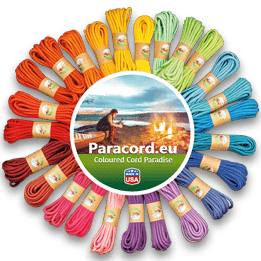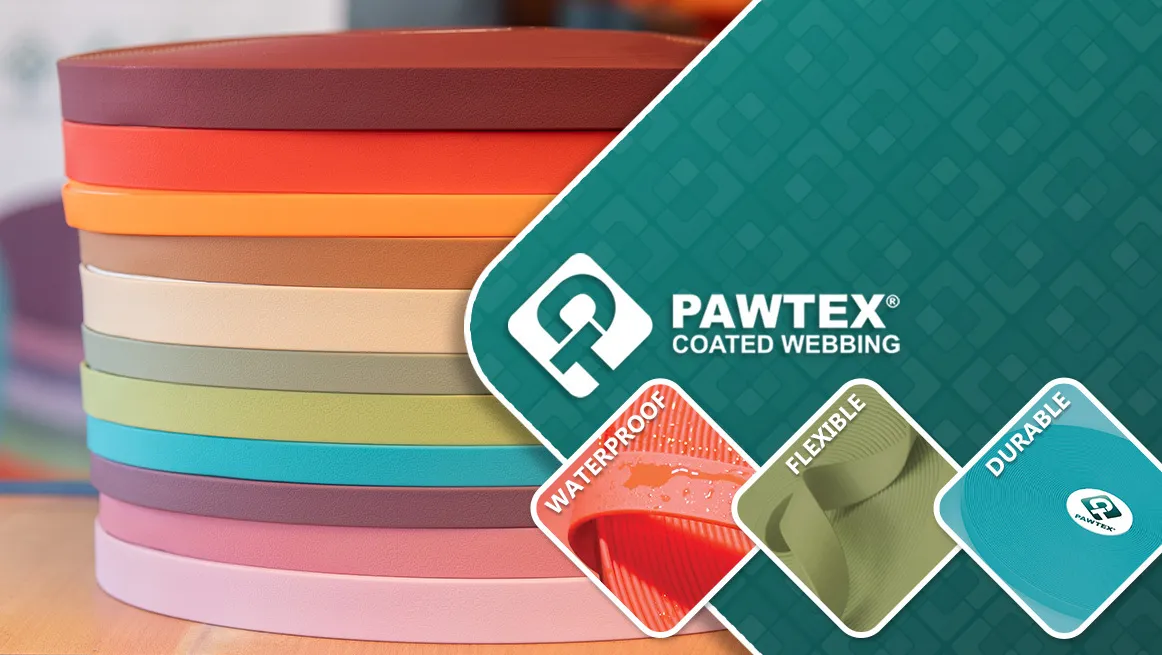Paracord jigs: which one fits me best?
Paracord Jigs are ideal for tensioning your Paracord knotwork and making your work easier. But which jig is the right one for you?
Three good Paracord jigs are the SpeedyJig® Plus, the wooden jig and The Jig by FSTS. I discuss these 3 jigs in turn and I conclude every section with advantages and disadvantages.
Only interested in the conclusion? At the end you can find an overview of the advantages and disadvantages for each jig (click on 'conclusion' in the table of contents).
1. De SpeedyJig® PLUS: a good start
The name "SpeedyJig" already tells you what this jig is suitable for: namely quick and small knotting projects. Very suitable for making a Paracord Cobra bracelet for example.

But don't be misled by the name of this jig. Projects that take longer to complete can also be made with this jig. Think for example of the bracelets of Cetus or Manny (Pull tight Paracord).
Making a dog collar of Paracord or another longer knotting project on the SpeedyJig is difficult, as the jig is too small for this.
The small size of this jig has the advantage that it takes up little storage space. The jig is so small that it even fits in your backpack, ideal when your bus or train is delayed again!
Ruler
Many jigs are equipped with a measuring system. However, many people do not use these measuring systems. This is because you are working with different sizes of closures and therefore you often do not start at the zero point with the knotting itself.
For jigs that are made specifically for making bracelets, such as this SpeedyJig, this is often taken into account. So the ruler of the SpeedyJig shows a starting point for the two most common closure sizes.
The two most common closure sizes for making bracelets are the 10 mm (3/8 inch) and the 15 mm (5/8 inch) closures. It is important to note that this jig has a ruler in inches, not in centimetres.
Monkey’s fists
 Besides the fact that this jig is compact, it has another big advantage. Not only can you knot Paracord bracelets on it, but Monkey's fists as well. This knot is so called because it looks like monkey fists squeezed together.
Besides the fact that this jig is compact, it has another big advantage. Not only can you knot Paracord bracelets on it, but Monkey's fists as well. This knot is so called because it looks like monkey fists squeezed together.
This knot is made by placing a small ball in the middle of a knot and then tightening the knot. This ensures that you get a round shape. With the SpeedyJig, it is possible to hold the ball in place and then tie the rope around it.
Shape
This jig has a number of useful features in addition to its small size. At the bottom, for instance, there are 4 rubber caps that prevent the jig from sliding. This is of course ideal when you are working with the jig horizontally, for example on a table.
I like to place my jigs between my legs or, when I am sitting on the couch with my knees up, to put them against my thighs. In the latter case, I would advise you to put a blanket or pillow against your stomach so that the 'tab' that sticks out doesn't bother you.
The plates you attach the knotwork to are placed as far apart as possible, so that you can still knot a considerable length on a relatively small jig. The flat 'tabs' on these plates will fit in virtually any clasp, although a large clasp (such as a 25mm AluMax buckle) will slide.
Pros and cons
+ Compact, so easy to take with you
+ Lightweight, so easy to carry
+ Built-in ruler
- Not suitable for projects which (including closure) are longer than 38 cm
- Measurements on ruler are in inches
2. The wooden jig: for longer projects
If you want to knot more often, the wooden jig is definitely recommended. This jig is a lot larger than the SpeedyJig, so you can also make larger knotting projects.

There are different versions of the wooden jig on the market. The shape may differ slightly from supplier to supplier, but the principle remains the same: a Paracord jig suitable for both short and longer knotting projects.
This wooden jig from Paracord.eu is adjustable with the 2 wooden sliding blocks. Thanks to the smooth finish this is very easy and you won't have trouble with splinters. All sides and corners are also neatly finished.
The easiest way to use this jig is to place it with one end between your legs on the seat of the chair and the other end resting on the table. This way, it leans on the table and remains stable.
The length of the jig makes it difficult to carry around in your rucksack, but the narrow shape does make it easy to hold.
Pros and cons
+ Size easily adjustable
+ Made of quality wood
+ Smooth finish
- Quite small in width, which makes it stand unstably at a small angle.
3. The Jig by FSTS: all-in-one
The Jig by FSTS: A jig with a lot of possibilities and therefore also pricey. But good tools are half the battle. It can really be a valuable investment in your hobby or work.

The position you have to take with a regular jig to tie for a few hours is not always ideal. After all, you are working with a rigid jig that cannot move. A jig can be tilted if you sit a little further from your desk, but that is about it.
 With The Jig, you don't have this problem. This advanced Paracord jig can be mounted to a table and can be adjusted both horizontally and vertically. You can also determine the angle yourself. This allows you to regularly change your position and to discover the position that works best for you.
With The Jig, you don't have this problem. This advanced Paracord jig can be mounted to a table and can be adjusted both horizontally and vertically. You can also determine the angle yourself. This allows you to regularly change your position and to discover the position that works best for you.
Thanks to the sliding mechanism, any size of buckle or closure will fit. The jig has a built-in function that also allows you to tie half-check dog collars.
I know that the Jig can seem intimidating at first glance because of its sturdy mechanical appearance. But all the technical features that give it this look make this a really high-quality and multifunctional jig.
Extensions
There are also all kinds of extensions for this jig, such as the FraPa: a rope clamp that allows you to braid leashes on the jig. There is also an attachment for securing your mobile phone so that you can watch tutorials while knotting.
This jig has so many functions and features that it deserves its own blog post. So keep an eye on the blog to find out more about this jig.
Pros and cons
+ Height and angle adjustable, so ergonomic working position
+ Extensions available
+ Knotting projects up to 83 cm
+ Any closure can be attached to the jig
+ Half-check collars possible
- Pricey
- Difficult to store or carry around
Conclusion

Each jig has its own advantages and disadvantages. My favourite jig depends on the kind of project I am making. The SpeedyJig for relaxed knotting on the couch, the wooden jig for a cosy knotting afternoon and The Jig for the evenings that I am knotting orders.
What functions should a jig have for you? Do you have any of the above jigs? Let us know with #paracordeublog!



